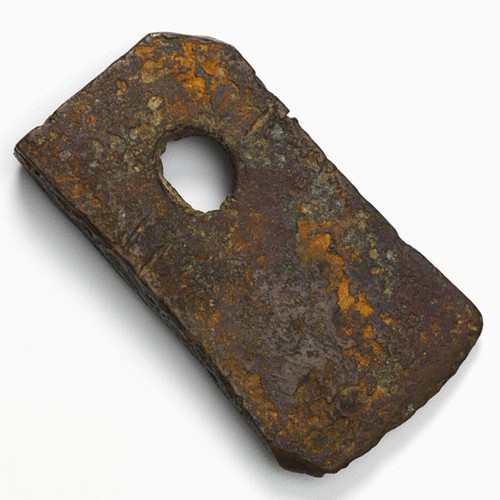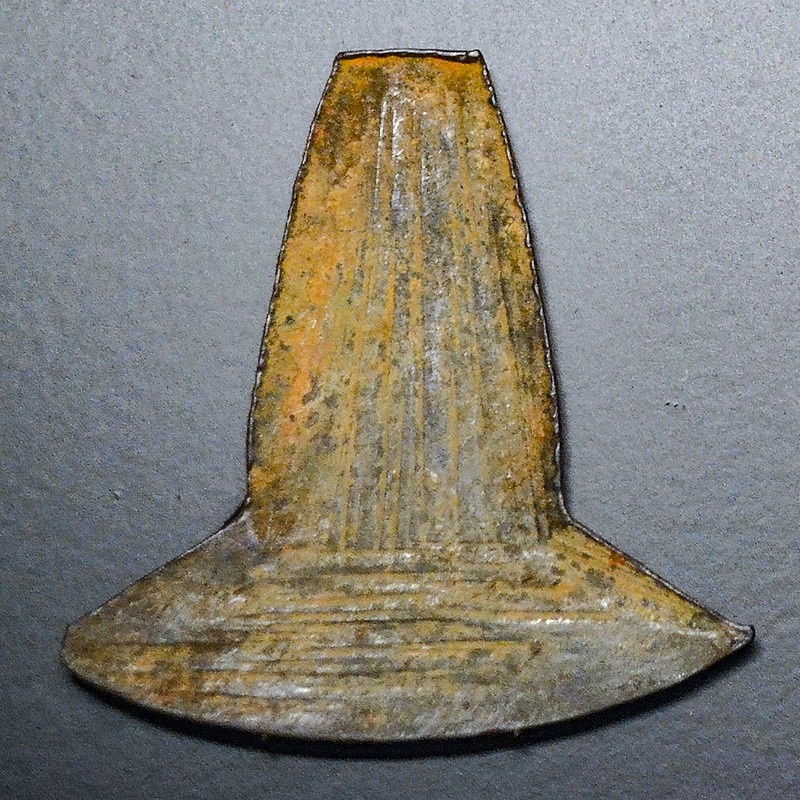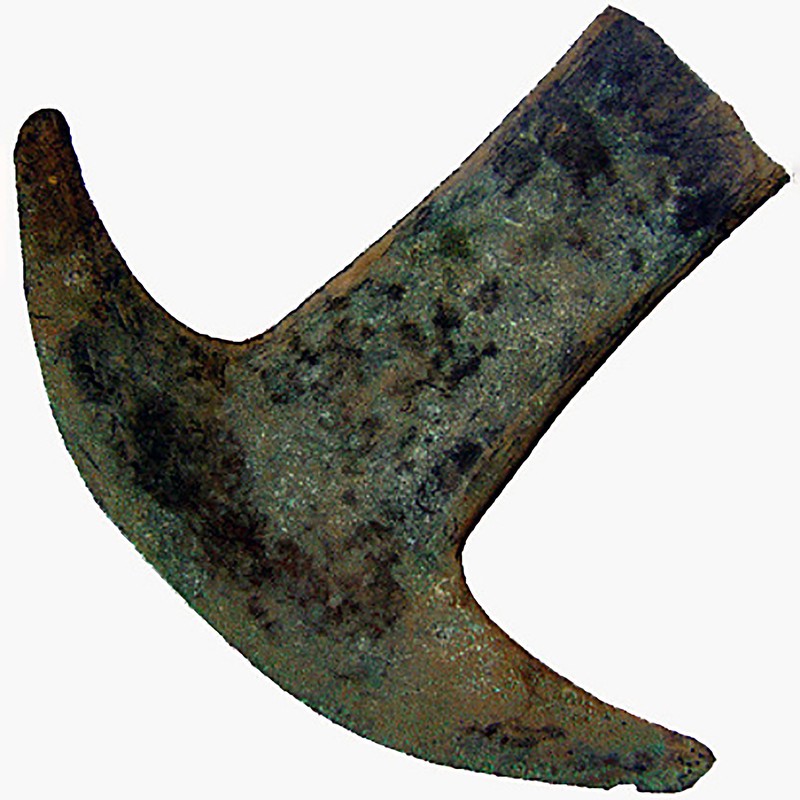
Almost everyone knows that both in Mesoamerica and in South America, the Indians actively traded, using both local markets for the exchange of values and equipping trading expeditions over long distances. However, when it comes to money, the single measure of value in the exchange of goods, many think only of cocoa beans, shells, and precious and semi-precious stones.
Indeed, in Mesoamerica, cocoa beans were most often used as money, and in the Andean region, beads from spondylus shells were most often used. But what happened when a trader from South America met a trader from, say, Guatemala? Was there a single currency?
Scientists believe that yes, such a currency existed, although it was very different from what we are used to seeing.
Peruvian hatchet money
The Indians in Peru used hatchet money as their single currency. They are usually found in multiples of 5. Stacks of money, sometimes including 30 hatchets, were tied with cotton rope. A larger amount of money was kept by tying individual piles together.
Other types of metallic money were also common in this region. So, sometimes they resembled playing cards in shape. More than 20,000 of these money-cards were found in one of the burials of the Sikan culture on the northern coast of Peru. However, this form of coins is found exclusively in the Andean region.

Money got its name due to its peculiar shape, resembling an ax. However, the functional use of these items was not expected: a very thin sheet of metal was used for manufacturing, and the edges were not subjected to any processing or sharpening.
There was probably no single, universally accepted standard. Around five different sizes of money have been found in Peru. The length of Peruvian coins varies from 4.5 cm to 8.5 cm.
Distribution in South America
The Indians who inhabited the northern coast of Peru actively traded with the peoples of Ecuador. First of all, they exchanged luxury goods, for example, spondylus shells. Probably, within the framework of these relations, hatchet money also spread to the territory of Ecuador.

Some researchers point to the possibility of the opposite effect. Thus, the legendary first ruler of the Lambaeque culture, Naimlap, arrived on the coast of Peru in a characteristic boat used by fishermen on the coast of Ecuador. It is in the lambaeke-sikan burials that the most ancient hatchet money was found.
You can often hear the statement that the Incas had no idea about money, because. the distribution of all resources was handled by the state, and there was no trade on their territory. Indeed, on the territory of Peru, the mentioned money is found in the context of excavations of burials and settlements of cultures that preceded the Incas. However, on the territory of modern Ecuador, the Indians created and used such coins as a means of accumulation and savings until the European invasion. Thus, the Incas, who at that time conquered a significant part of this region, could not help but know about the existence of such money.
Money in Mesoamerica
Like metallurgy, money came to Mesoamerica from South America. They were introduced by sea traders and quickly spread throughout the region.
In the Codex Mendoza, hatchet money is mentioned among the goods sent as tribute to the Aztecs.

Fernando Cortes, in his letter to the King of Spain in 1524, mentions that copper hatchets cost 8,000 cocoa beans. This is indeed a colossal amount for the Aztecs, indicating that copper coins were not used in everyday trade. Both in Mesoamerica and in South America, they acted more as a means of accumulation and savings.
Comments